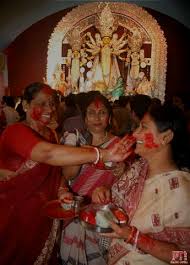
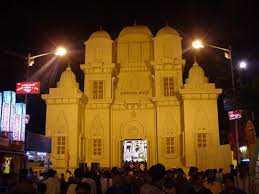
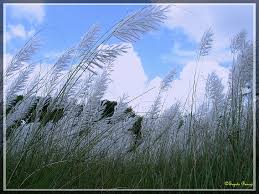
.jpg)
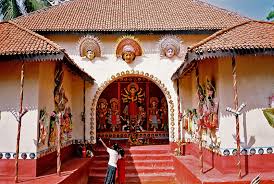
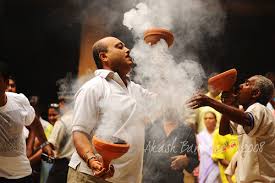
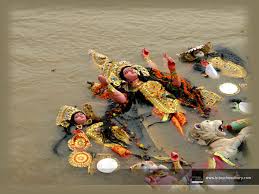
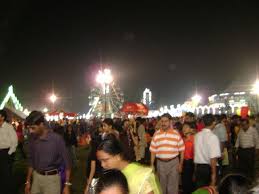
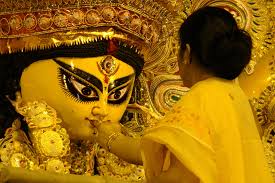
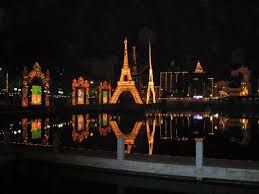
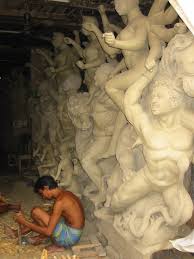
If you go to Pamplona, Spain, during the Festival of San Fermín (most noted for the daily running of the bulls), be sure to wear all white and tie a red handkerchief about your neck. Get dressed, look at yourself in the mirror and laugh if you must. But if you don't dress appropriately, you will most likely feel as self-conscious as a twelves-year old child on his first day in a new school. An easy way to spot a San Fermín novice is by their lack of proper clothing, and there aren't too many novices willing to be noticed during the fiesta. The entire city is given over to the festive spirit and any attempt to resist this spirit, including being clad in non-white attire, will most likely attract a look of pity.
The Festival of San Fermín, first made famous outside of Spain by Ernest Hemingway in his novel 'The Sun Also Rises' (also known as 'Fiesta'), takes place each year from 6 July to 14 July. The Spanish approach to holidays is to 'play it where it lies.' No adjustment is made for the day of the week on which the dates fall. Therefore, if 6 July is a Tuesday, the festival starts on a Tuesday. Regardless of the day, the town literally celebrates non-stop for the entire duration of the festival. The only discernable break between one day and the next is the running of the bulls ('el encierro' in Spanish), which takes place each morning at 8am.
Every kind of person can be found at the festival but there are two predominating types of San Fermín revelers. The most common is the one who parties all night and finishes the day by queuing up at 6am to get a good view of the running of the bulls. For many in this group, the combination of the festive spirit and the alcohol coursing through their veins prove encouragement enough to convince them that completing their day by running the bulls is the proper thing to do.
Immediately after el encierro has finished and the bulls have entered the Plaza del Toros, this group collects their sleeping bags from the bus station and wanders off to any piece of available green grass to have a sleep.
The other type of San Fermín reveler is the one who has spent the night in a car, a campground or a nearby town (hotel rooms in Pamplona are usually booked out one year in advance of the festival) and who join the previous night's partiers in the encierro viewing queue at 6am. They then begin to party in earnest just after the last bull has passed through the narrow streets and entered the arena. The bars in Pamplona, during the Festival, are as hopping at 9am as are most bars in Spain at 2am on a Saturday -- and that is no small feat.
One should not think that San Fermín is reserved only for those intent on damaging their livers with excessive drinking. San Fermín is also a family festival with various areas set aside for children's entertainment. There is at least one square that allows children the opportunity to be chased by a pretend bull. There is also a carnival and traditional Basque Country sports such as stone lifting and tug-o-war. If you insist on taking your children to San Fermín during the evening or night hours, the carnival is the most family-friendly place to go. After dark there are about as many people stumbling through the city center overly intoxicated as there are red handkerchiefs tied around necks.
For those who decide to run with the bulls, a command of the Spanish language will most likely not be needed to make friends with the other runners. The majority of people running are foreign tourists.
One should also be aware that valor is taken seriously during el encierro. Therefore, any attempt by a participant to jump out of the fenced-off corridor before being in serious danger from a bull is likely to get that person pushed right back. Those choosing the safe route, and running well ahead of the bulls from the start, can expect to be roundly booed upon entering the Plaza del Toros. Not coincidentally, a list of injuries, along with the runner's nationality, can be found in the local newspaper each day.
Bullfights, with the bulls who participated in el encierro that morning, take place daily at 6:30pm. Tickets can be purchased for the following days bullfights beginning at 8:00 each morning. If you are unable to purchase a ticket, they can be had from scalpers outside of the arena during the fight. These tickets can be expensive. However, they can be bargained for and they get cheaper after each successive killing.
For those who are unable, or unwilling, to get tickets to one of the bullfights, a very entertaining alternative is the event that takes place in the Plaza del Toros just after the running of the bulls has finished. Each person who ran the bulls, successfully avoiding serious injury or death, and made it into the arena, remains in the ring while young bulls are unleashed upon them. The animals run around the ring, trying to hit every person in sight, for a few minutes and are then ushered out of the ring. The bulls have pads placed over their horns to minimize the risk of serious injury to the participants. A large number of the participants, however, aren't happy avoiding injury altogether and like to tempt fate by sitting in front of the gate waiting for the bulls to be released.
These 'brave' pseudo-matadors sit side-by-side, with legs crossed, across the width of the gate. This continues for as many rows as there are willing people in the ring. As the gate is opened, and the approaching bull becomes visible, the rows furthest from the gate begin to peel away. The people in each row are trapped by the people behind them and aren't able to free themselves until those in the row directly behind them have gone. This peeling process is never fast enough for a couple of unlucky people who are landed upon by the bull, which has successfully jumped everyone in front of them. As a general rule, the people closest to the gate are the safest as the initial jump of the bull inevitably clears the first several rows of people.
After the festival concluded, the locals put away their white shirts, white pants and red handkerchiefs until next year. While doing so, a smile may have curled on their faces as they remembered the novices who arrived so inappropriately dressed.
Durga Puja (Bengali: দুর্গা পূজা, ‘Worship of Durga’), also referred to as Hiia Durgotsab (Bengali: দুর্গোৎসব, ‘Festival of Durga’), is an annual Hindu festival in South Asia that celebrates worship of the Hindu goddess Durga. It refers to all the six days observed as Mahalaya, Shashthi , Maha Saptami, Maha Ashtami,Maha Nabami and Bijoya Dashami. The dates of Durga Puja celebrations are set according to the traditional Hindu calendar and the fortnight corresponding to the festival is called Debi Pokkho (Bengali: দেবী পক্ষ, ‘Fortnight of the Goddess’). Debi Pokkho is preceded by Mahalaya (Bengali: মহালয়া), the last day of the previous fortnight Pitri Pokkho (Bengali: পিতৃ পক্ষ, ‘Fortnight of the Forefathers’), and is ended on Kojagori Lokkhi Puja (Bengali: কোজাগরী লক্ষ্মী পূজা, ‘Worship of Goddess Lakshmi on Kojagori Full Moon Night’).
Durga Puja is widely celebrated in the Indian states of West Bengal, Assam, Jharkhand, Orissa and Tripura where it is a five-day annual holiday and inBangladesh where it is a major Bengali festival (with the last day being a national holiday). Not only is it the biggest Hindu festival celebrated throughout the State, but it is also the most significant socio-cultural event in Bengali society. Apart from eastern India, Durga Puja is also celebrated in Delhi, Uttar Pradesh,Bihar, Maharashtra, Gujarat, Punjab, Kashmir, Karnataka and Kerala. Durga Puja is also celebrated as a major festival in Nepal. Nowadays, many diaspora Bengali cultural organizations arrange for Durgotsab in countries such as the United States, United Kingdom, Australia, Germany, France, and Kuwait, among others. In 2006, a grand Durga Puja ceremony was held in the Great Court of the British Museum.[1]
The prominence of Durga Puja increased gradually during the British Raj in Bengal. After the Hindu reformists resemble Durga with India, she had become an icon for the Indian independence movement. In the first quarter of the 20th century, the tradition of Baroyari or Community Puja was popularised due to this. After independence, Durga Puja became one of the largest celebrated festivals in the whole world.
Durga Puja includes the worships of Shiva, Lakshmi, Ganesha, Saraswati and Kartikeya. Modern traditions have come to include the display of decoratedpandals and artistically depicted idols of Durga, exchange of Bijoya Greetings and publication of Puja Annuals.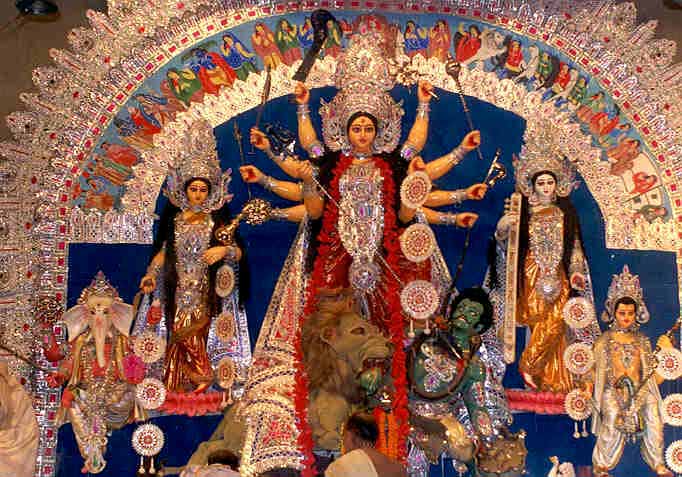

The main emphasis of the festival is on the burning of the holy fire or Holika. The origin of the traditional lighting of Holi is attributed by some to the burning of demonesses like Holika, Holaka and Putana who represent evil, or to the burning of Madan according to others.
Traditionally a bonfire on the day of Holi, marks the symbolic anhilation of a demoness Holika the sister of demon, Hiranyakashipu, in Hindu mythology, while trying to kill, a devotee, Bhakta Prahlad [3].
This is akin to other festivals where effigies are burned, like Ravana Dahan on Vijayadashami (Dusshera) day, also in many other religions across the world, signifying end of dark or demonic forces, though with Holika Dahan, the effigy has now been all but vanished or present in a symbolic form, except in few areas in the Braja region, where effigies are still seen on street corners and public squares, piled on top of an assemblage wood. This set to fire after ritualistic worship, and people make pradakshina of the bonfire. The next day this victory is celebrated as the day of Dulhendi.
In some practices particularly in the UK, coconuts are thrown into the fire and then pulled out. The burnt husk of the coconut represents Holika who died in the pyre. The white inside represents Prahlad, who was still alive and unaffected by the pyre.

Diwali marks the end of the harvest season in most of India and Nepal. Farmers are thankful for the plentiful bounty of the year gone by, and pray for a good harvest for the year to come. Traditionally this marked the closing of accounts for businesses dependent on the agrarian cycle, and the last major celebration before winter. Lakshmi symbolizes wealth and prosperity, and her blessings are invoked for a good year ahead.
There are two legends that associate the worship of Lakshmi on this day. According to the first legend, on this day, Lakshmi emerged from Kshira Sagar, the Ocean of Milk, during the great churning of the oceans, Samudra manthan. The second legend (more popular in western India) relates to the Vamana avatar of Vishnu, the incarnation he took to kill the demon king Bali. Thereafter it was on this day, that Vishnu came back to his abode, the Vaikuntha; so those who worship Lakshmi on this day, get the benefit of her benevolent mood, and are blessed with mental, physical and material well-being.
As per spiritual references, on this day "Lakshmi-panchayatan" enters the Universe. Vishnu, Indra, Kubera, Gajendra and Lakshmi are elements of this "panchayatan" (a group of five). Add more The tasks of these elements are:
